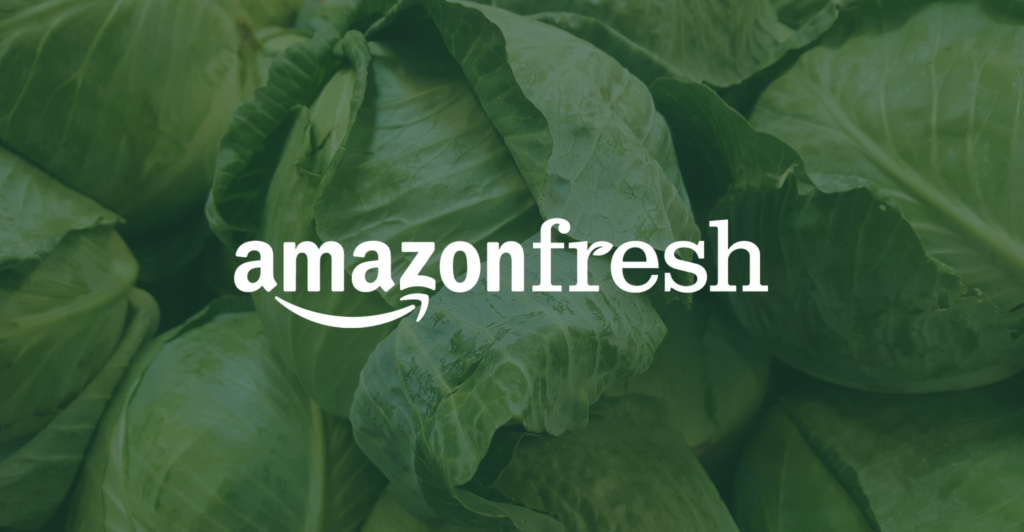FMCG UK Price Comparison (January 2020): AmazonFresh undercuts leading rivals by at least 6.9%
Edge by Ascential’s price comparison analysis matches a minimum of 3,587 branded products from AmazonFresh against those from Asda, Morrisons, Ocado, Sainsbury’s, Tesco and Waitrose.
The price comparison encompasses the following categories:
- Baby
- Beer, Wines & Spirits
- Grocery (Ambient, Fresh and Frozen Foods and Drinks)
- Health & Beauty
- Home Care (Household Cleaning, Laundry and Pet Care)
The analysis only includes products where there is an exact match and does not include Own Label SKUs. This is a shelf price comparison and therefore does not include multi-buy promotions.
Morrisons overtakes Asda to be the closest rival to AmazonFresh
On January 1, AmazonFresh was at least 6.9% cheaper than its leading rivals. Morrisons was its closest rival with an average price difference of 6.9%, down from 9.4% on November 1. Asda slipped to second with its price difference rising by 1.1% to 7.2%. This is the first time it has not been the closest rival to Amazon in more than a year.
Sainsbury’s saw the greatest change from November 1. Its average price difference moved from 7.5% to 11.9%, falling behind Morrisons and Tesco. There was little change overall for Tesco and Ocado.





